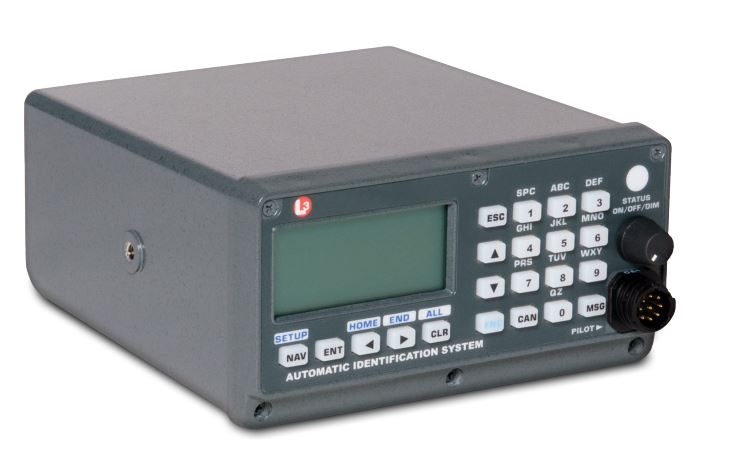File this under “Calling captain obvious”?
Lucky for us taxpayers, I’m sure it will only cost a cool billion bucks to implement these retrofits.
I guess they couldn’t figure out how to put a pipe wrench or a damage control plug in a touch screen.
Not counting the the millions spent discovering the astounding fact that no changes were needed.
Counting on 1’s and 0’s to always function, plus the tendency of people to finger f^<k touch screens just seems like a bad idea. Plus, wouldn’t a touch screen be vulnerable to shock damage/breakage in a combat scenario?
I don’t see much of a problem with touch screens for ancillary equipment, but throttles and wheels should be as intuitive to use as possible. I’d argue it should even be to the point that a OS or E-1 should be able to walk onto an empty bridge and slow or turn the vessel on thier own. Especially in a military setting where the bridge team might be wiped out.
Here is a picture of the throttle control of the McCain.
I think the “gang” at the bottom is throttles controlled together or seperate which was an issue in the collision.
Maybe they should use this one:

They are obviously not expecting or planning to get into anything like that!!!
That may be more dangerous than sailing in heavily trafficked waters, which is dangerous enough.
The article mentions that their AIS system is running on a laptop. Why not use a proper dedicated machine?
A modern physical throttle is just as much 1s and 0s but the touchscreen has definitely become the cheap default control option instead of the good one in a lot of cases.
One sound-powered phone talker on the bridge and one in the E/R is not very efficient but it is considered very robust.
After 21 years in the NAV I can tell you that decision was rejected almost 20 years ago when the “modernizations” began. Everything became a double click. We once tried to E-Stop an engine and got a pop-up that read “ARE YOU SURE YOU WOULD LIKE TO EMERGENCY STOP 1A GTM”.
A lot of ships used to use an AIS receiver like this:
The laptop is actually an improvement if you consider having a graphical display vs. reading lines of text.
The IBNS touchscreen can do a lot of nifty things, assuming the helmsman is trained to use it. But if NAVSEA (the ship design people) had ever bothered to ask if bridge watchstanders wanted yet another bright-ass screen to impair their night vision they would gone deaf from the resounding “Fuck no!”
I sailed on a ship with two voice pipes on the bridge, one to the engine room and the other one to the captain’s cabin. They had call whistles one both sides. We couldn’t raise the engine room with the whistle because of the noise in there. One if the captain’s night orders was to wake up the captain with poor visibility but with the note ‘not by whistle’…
Part of me is happy to see NASEA making a change that will make it easier for sailors to safely do their job. Another part of me(the part that has been working with the navy for most of the last 15 years) cant help but see this as a attempt to shift the root cause of the McCain accident from a training issue to an equipment issue.
It is my understanding that the Warship AIS does much more than the commercial version. Even my new SAAB AIS has 5 diff Tx modes if we feel the need to be sneaky or are directed to do so.
Guess I am either a) spoiled or b) “totally retro” with our tug’s pneumatic clutches and throttles! I recall many of the bulkers I used to pilot had a throttle tied to a load up/down program. Valid point about technology being everywhere, even on something that appears simple.
Simple!! Idiot-proof!! Combat Capable. . .
:




Ring a ding-ding baby!



